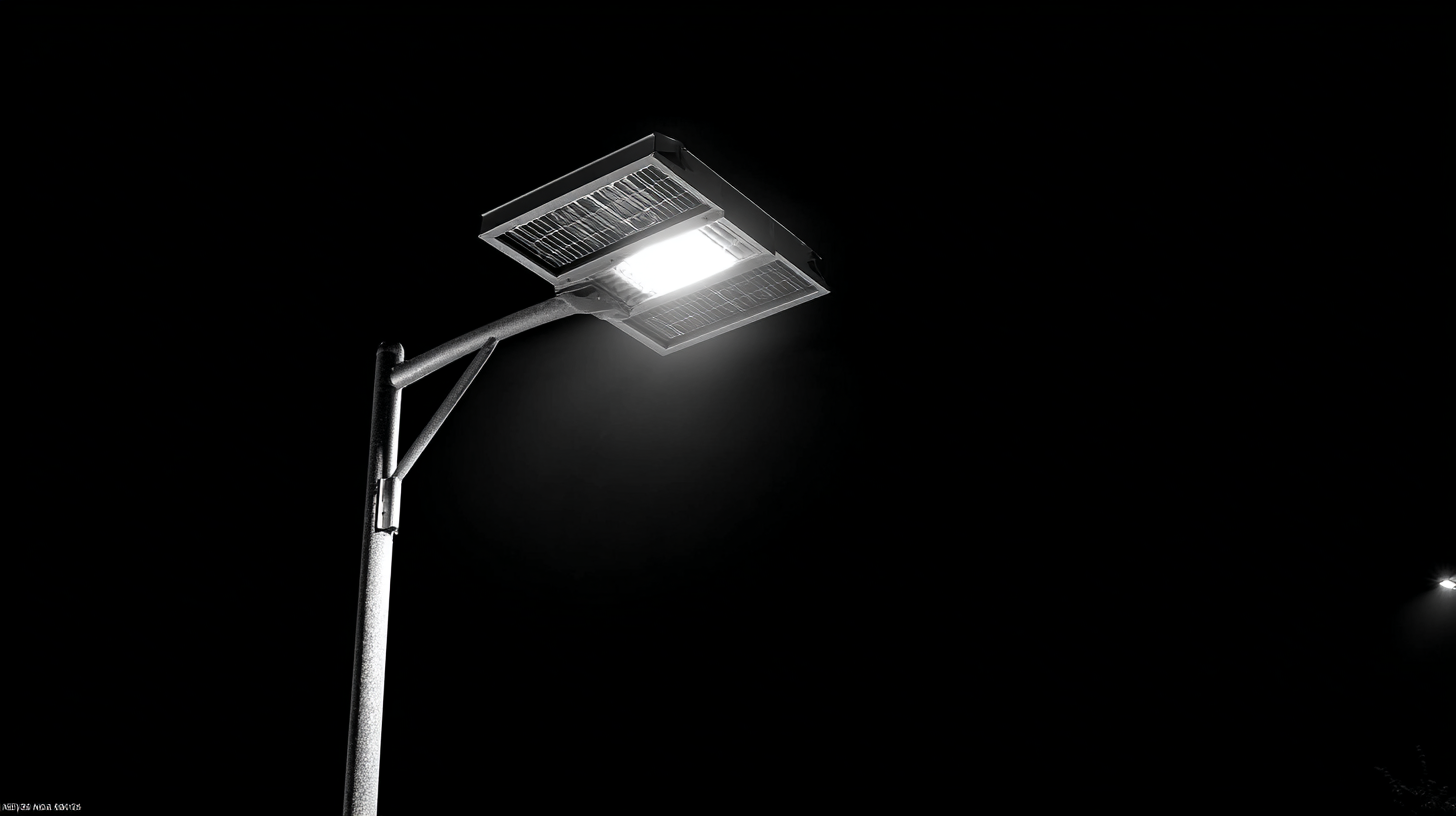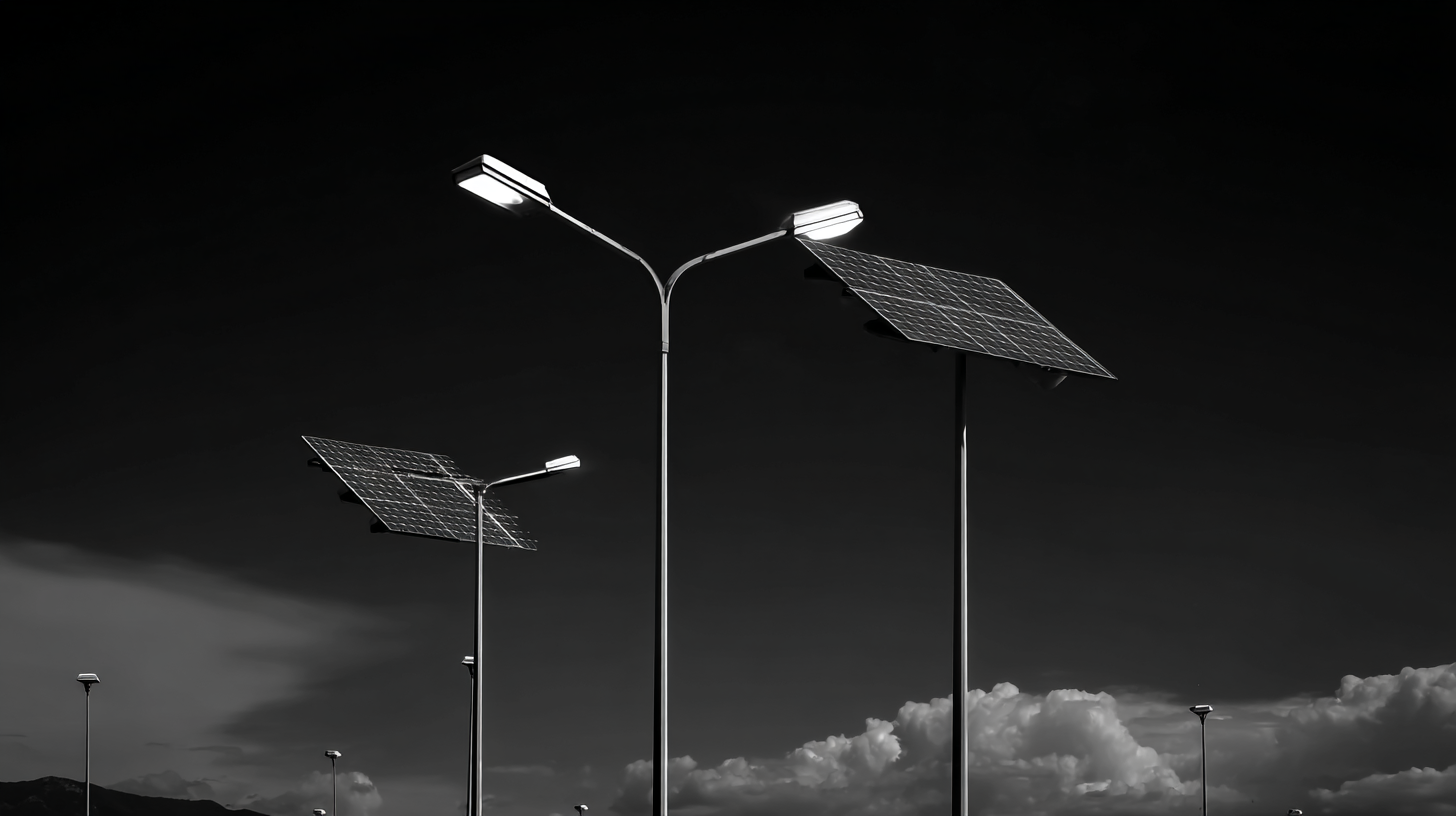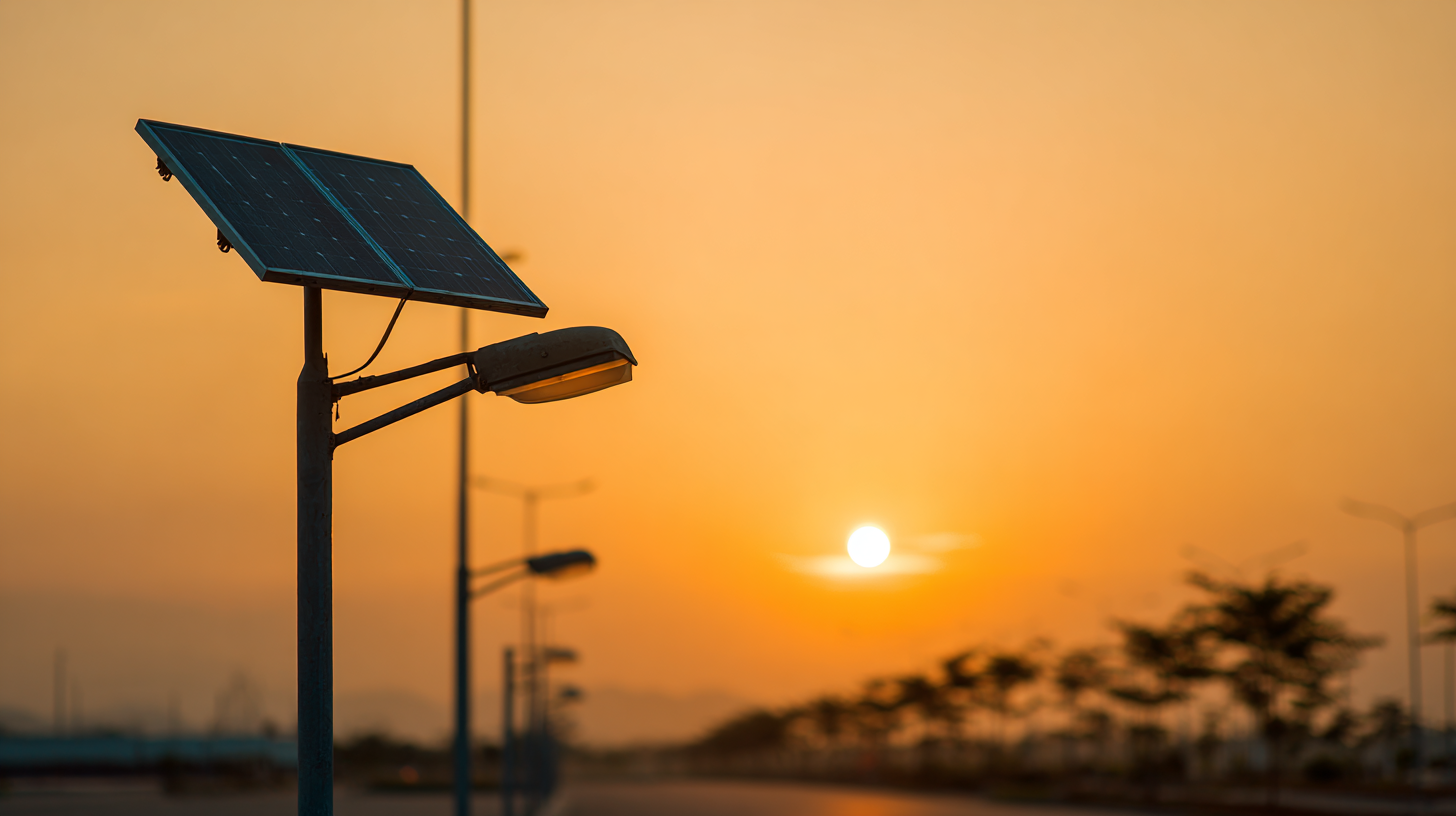How to Choose the Best Solar Street Lamp for Your Global Procurement Needs
The global market for solar street lamps has witnessed remarkable growth, driven by the increasing demand for sustainable and renewable energy solutions. According to a recent report by ResearchAndMarkets, the solar street lighting market is projected to reach USD 15.88 billion by 2026, growing at a CAGR of 19.3% from 2021 to 2026. This surge is largely attributed to urbanization and the need for eco-friendly lighting solutions in public spaces. As cities around the world aim to enhance their infrastructure while reducing carbon footprints, choosing the right solar street lamp becomes crucial for global procurement needs. With a myriad of options available, understanding the various applications and innovations within this industry will empower stakeholders to make informed decisions that align with their sustainability goals. Therefore, it is essential to evaluate the features, technologies, and environmental impact of solar street lamps to ensure effective investment in this promising sector.

Choosing the Right Solar Street Lamp: Key Factors for 2025 Procurement
When selecting the right solar street lamp for your procurement needs in 2025, several key factors come into play. First, consider the efficiency of the solar panels. Higher efficiency panels can convert more sunlight into energy, ensuring the lights operate effectively even in less than ideal weather conditions. Look for products that boast at least 18% efficiency for optimal performance.
Another critical aspect is the battery life and type. Lithium-ion batteries are favored for their longevity and quick charging capabilities. When comparing options, analyze the discharge rates and backup durations to ensure the lamps will provide reliable illumination throughout the night.
Finally, pay attention to the installation and maintenance requirements. Opt for designs that offer easy installation procedures and minimal upkeep to reduce long-term costs. Some models come with smart technology features, allowing for remote monitoring and maintenance alerts, which can greatly simplify operations. By focusing on these factors, you can make an informed decision and select the best solar street lamps for your 2025 procurement strategy.

The Role of Smart Technology Integration in Solar Street Lighting Solutions
The integration of smart technology in solar street lighting solutions is revolutionizing urban infrastructure globally. With the solar street lighting market projected to grow at a CAGR of over 20% from 2021 to 2027, as reported by MarketsandMarkets, it’s clear that the adoption of smart features plays a pivotal role in this trend. Smart technology not only enhances energy efficiency but also significantly reduces operational costs. For instance, the integration of motion sensors allows lights to dim when no movement is detected, thus conserving energy and extending battery life.
Moreover, advanced smart solar street lamps are now often equipped with IoT connectivity, providing real-time data on solar panel performance, battery health, and overall system efficiency. According to a report by ResearchAndMarkets, the demand for IoT-enabled street lighting solutions is expected to reach $37 billion by 2025. This capability allows city planners to make data-driven decisions, optimizing street lighting based on usage patterns and environmental conditions. By harnessing these smart technologies, municipalities can achieve sustainable urban development while enhancing public safety and reducing their carbon footprint.

Evaluating Energy Efficiency: Comparing Solar Lamp Performance Metrics for 2025
When selecting solar street lamps for global procurement, energy efficiency should be a key factor in your decision-making process. As we evaluate performance metrics for 2025, it's essential to compare various brands and models based on their brightness output, battery capacity, and solar panel efficiency. Look for lamps with higher lumens per watt, which indicate better light output relative to energy consumption. This metric will not only help reduce operating costs but also ensure reliable lighting in diverse conditions.
Tip: Consider the location where the solar lamps will be installed. Areas with prolonged sunlight may benefit from panels with higher efficiency ratings, while regions with less sunlight might require lamps with larger battery capacities. Upgrade your procurement by incorporating advanced sensors that adjust brightness based on surrounding light levels, optimizing energy use throughout the night.
Additionally, check if the lamps have been certified by recognized standards for durability and performance, as this will be critical for minimizing maintenance in your procurement strategy. Choosing high-quality materials can prevent premature wear and ensure your investment pays off over time. Always review user feedback and performance tests to make informed choices that align with your energy efficiency goals.
Cost-Effectiveness and ROI: Understanding the Financial Benefits of Solar Street Lamps
When considering the financial benefits of solar street lamps, it’s crucial to evaluate their cost-effectiveness and return on investment (ROI). Solar street lamps significantly reduce electricity costs as they harness solar energy, eliminating the ongoing utility expenses associated with traditional lighting. As installation costs decrease and the technology advances, many municipalities and businesses are finding that the initial investment in solar lighting pays off within a few years.
Tip: Analyze your specific location's solar potential. Areas with more sunlight will yield higher energy generation, increasing the ROI of solar street lamps. This can help maximize savings while ensuring safety and visibility in public spaces.
Additionally, maintenance costs for solar street lamps are typically lower than for conventional lights, which often require regular bulb replacements and electrical repairs. Investing in quality solar lighting solutions can minimize long-term operational expenses.
Tip: Choose products with durable materials and reliable warranties. This can extend the lifespan of your investment and provide peace of mind regarding future repairs, ultimately enhancing your ROI.
Sustainability Trends: The Importance of Eco-Friendly Materials in Solar Lamp Development
In the realm of solar street lamps, the emphasis on eco-friendly materials is paramount, driven by sustainability trends that are reshaping urban infrastructure. As cities strive for greener solutions, innovations in materials such as recycled substrates and low-embodied carbon components play a crucial role. The integration of these materials not only reduces waste but also minimizes the environmental impact of production processes. For instance, advancements in the recycling of silicon-based photovoltaic solar panels highlight the potential for sustainable sourcing and lifecycle management in solar technology.
Furthermore, the development of next-generation lighting, such as perovskite light-emitting diodes (PeLEDs), showcases the industry's commitment to eco-friendly alternatives. These technologies not only enhance energy efficiency but also align with the broader goals of reducing carbon footprints and promoting sustainable development. As the market shifts towards more adaptive solutions—like repurposing existing infrastructure for new uses—the opportunity to create environmentally friendly solar street lamps becomes vital. Embracing critical materials and their circularity enhances the overall sustainability of solar solutions and supports a resilient green economy.
